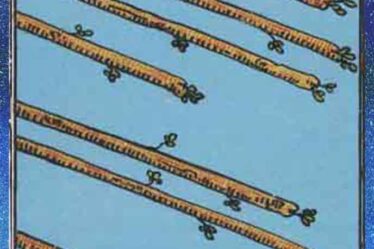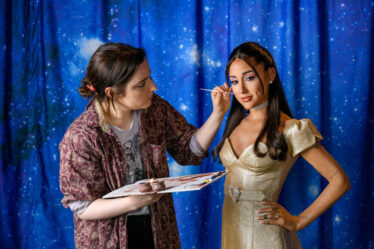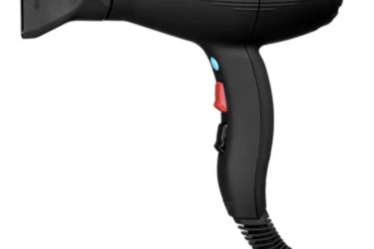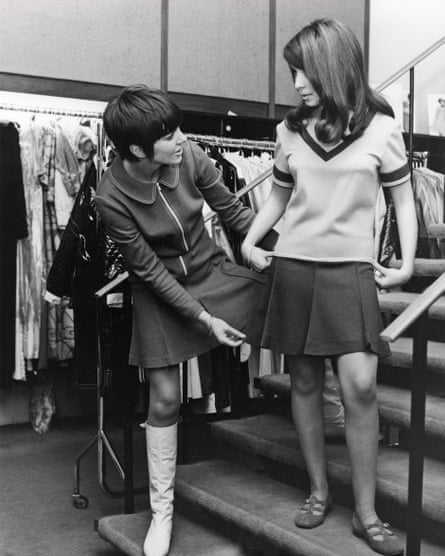
Only the Beatles are more closely tied to the legend that is London’s swinging 60s than Mary Quant. If the Fab Four wrote the soundtrack, Quant designed the look.
Quant, who has died peacefully at home in Surrey aged 93, claimed to have invented the miniskirt. André Courrèges might have quibbled with this, but there is no doubt that it was Quant’s vision of what the miniskirt stood for that made it not just a piece of clothing, but a symbol of a whole new way of living.
In Quant’s hands, the miniskirt – equal parts practical and daring – was shorthand for a new attitude. She always said that she named it after her beloved Mini Cooper. Wearing a miniskirt was her shortcut to life in the fast lane.
Born Barbara Mary Quant to two schoolteachers in south London in 1930, the designer graduated from Goldsmiths in 1953, the year of Queen Elizabeth’s coronation.
Her first shop, Bazaar, opened in London in 1955, just a year after rationing had ended. Finally emerging from the horrors of the second world war, the capital was in search of a new energy – and Quant had it in spades. She knew instinctively that a new generation wanted to break from history, to live differently from their parents. And she knew that a new attitude needed a new wardrobe.
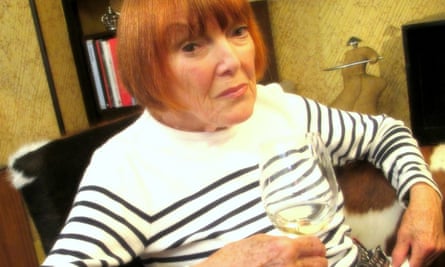
In the spirit of female liberty that she brought to clothes, Quant was an heir to Coco Chanel. Her contemporaries were the first generation of women who had access to the contraceptive pill and, with it, the freedom to take control of their careers and lives.
Quant, who once described the mini as representing “life and tremendous opportunity”, also added pockets to skirts and dresses, to free young women from having to carry handbags, and pioneered tights, rather than stockings, to go with her shorter hemlines.
She was not the type of fashion designer to cloister in an ivory tower, sketching fantastical creations in tulle. Instead, she enthused that a short skirt and opaque tights enabled a girl to run for a bus. In her 1966 autobiography she described fashion as “a tool to compete in life outside the home”.

The British fashion industry owes much of its status and reputation as a daring creative powerhouse in the global industry to Quant, who put London on the map. She had spent a year after graduating working for a milliner next to Claridge’s hotel in London, but hated it. (“I didn’t want to look like a duchess,” she once said.)
With Bazaar, she brought a youth quake to fashion, all zippy modern lines and bold colours. In Quant’s own words, her modus operandi was “to not wait for couturiers to imitate what rich people wore in Paris”, as designers traditionally did, but to follow her own instincts for what she and her friends wanted to wear. She broke with the strict gender segregation that ruled fashion of the era by making longline men’s cardigans into short women’s dresses.
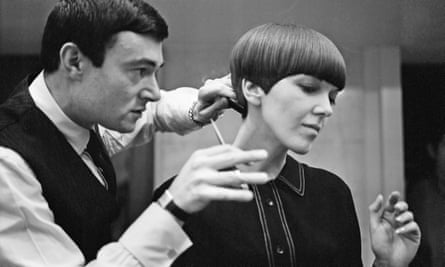
The skinny rib sweaters which she popularised in Bazaar came about after she happened to try on an eight-year-old boy’s sweater, and liked the look, while bright coloured tunics took inspiration from the clothes she had worn at dance classes as a child. She hung out with Terence Conran and David Bailey, and wore a Vidal Sassoon bob better than anyone. (In his autobiography, Sassoon recalled that he cut hair “like she cut material. No fuss. No ornamentation. Just a neat swinging line.”)
Her flat, knee-high boots were a sensation, her hotpants a sellout. When George Harrison married Pattie Boyd, both bride and groom wore Mary Quant: a pink minidress and red fox fur coat for the bride, a black Mongolian lamb coat for the groom. Quant had an instinct for visual branding, adopting as her logo a daisy motif which stood for youth and freshness and became a signature of her hugely successful makeup range.
By the end of the 1960s, it was said that 7 million women had bought her clothes during a decade with which she will always be synonymous. The late curator and fashion editor Ernestine Carter once said that “it is given to a fortunate few to be born in the right place at the right time with the right talent. In recent times in fashion there have been three: Chanel, Dior and Quant”.

